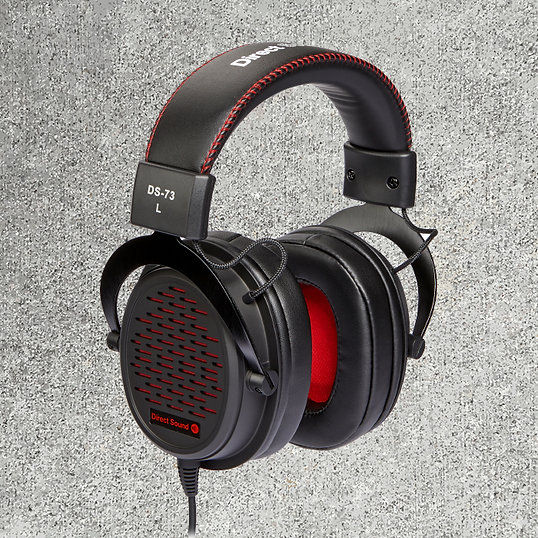Series Seven microphones provide unprecedented flexibility, as the directional pattern of the mic can be adjusted in use, during or after recording. C700 microphones include omni/pressure and figure-8/gradient capsules, each with a discrete output. The signals can be recorded on separate tracks, so the pattern can be selected in mixdown. Pattern control is only one advantage of this technique. Applying different equalization or dynamic control to the capsule signals makes entirely different mic characteristics, for instance the warmth of a gradient mic used close up for vocals might be combined with the transparency of a pressure mic in the highs, by rolling off the high frequencies in the gradient signal and the lows in the pressure signal before they are combined.
The C700A (shown) includes two capsules in one housing, a 16mm omni element similar to the KA11 capsule in the Series Six, and a 26mm figure-8 capsule. Completely neutral electronics, using the same cascode FET input, class-A active balanced output circuit found in the Series Six, are provided for each signal. Any directional pattern from omni to figure-8 may be selected by controlling the ratio of pressure to gradient signals.
The C700S microphone has three capsules; an additional side-facing figure-8 capsule is added to the two in the C700A. Any coincident stereo pickup can be derived from mixing these three signals together, and like the C700A, the signals can be recorded individually and all aspects of image width and pattern control may be adjusted in the mixdown. With the three capsule signals, any number of microphone outputs may be created, each one pointed anywhere in the plane around the microphone.
The capsule assembly in the Series Seven is internally shock mounted, so that the mic may be attached directly to a stand through its yoke mount without any external accessories.
top of page
Welcome to Mixmasters
phone (+61) 0428 857 167 or Email us
$9,862.00Price
B Stock and NEW Pro Audio sales November and December 2025
bottom of page














